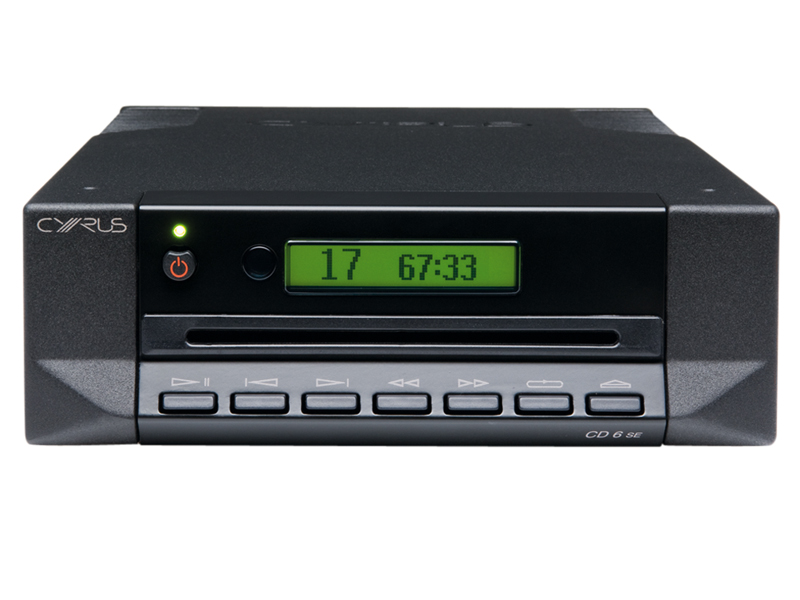TechRadar Verdict
The CD 6 SE is a winning combination of detail and sheer musical energy. Although no one area entirely excels, the overall performance has more than a hint of the high end to it.
Pros
- +
Good level of detail
- +
Great transport
Cons
- -
Average digital filter
- -
Some signs of distress with test signals
Why you can trust TechRadar
We first investigated Cyrus's new 'Servo Evolution' technology, in the context of the £1,100 CD8. It has now been applied to the whole of the Cyrus CD player range, including this new entry-level CD 6 SE which (according to Cyrus) out performs the original, pre-SE, CD8!
The idea of Servo Evolution is bold and commendable. In essence, Cyrus has developed its own transport, taking a more detailed view of exactly what goes on at the sharp end of the laser than most hi-fi manufacturers, who incorporate transports purchased as ready-made subassemblies.
That said, Cyrus still buy in the mechanics: it's the signal processing that is unique. So why bother? Well, principally because the servo system in normal transports is optimised more towards readability of dodgy discs than the finer niceties of high fidelity. Cyrus reasoned that the customer who pays £900 for a CD player probably takes great care of his/her CDs! And although the proof will be in the listening, we find this kind of design approach admirable.
We also rather like the adoption of a slot-loading mechanism, which experience has taught us is actually better than a tray – easier to navigate without looking, while the open/ close button no longer disappears beneath the tray itself. Ejecting the disc a few millimetres more would have helped, though.
Audio conversion and conditioning is carried out by good-quality parts, including a 192kHz capable DAC – ironically the chip used by Cyrus for the SE circuit also includes a DAC which, being of lower quality, is simply ignored. This model is not compatible with the PSX-R power supply either, but a lone digital output provides some upgrade potential.
Capable performer
Another well-balanced and generally very capable performance, with lots going for it in most areas. To the extent that if there was any criticism, it centred on the sound not being quite as large-scale as a couple of the listeners might have wished for, with less of the 'reach-out-and-grab-you' quality that characterised one or two of the other players. Otherwise, comments were pretty much praise all the way.
Of particular note is the way this player can offer detail and precision at the same time as rhythmic vitality. This is quite a rare combination: plenty of audio kit can do one or the other, but finding both together is pretty much the Holy Grail of hi-fi.
It's only fair to admit that the degree of detail seems (both from our 'blind' listeners' notes and from our own sighted listening) a shade behind that of the Arcam, say, and the rhythmic aspect is not quite on a par with the Unison Research, but the crucial point is that unless comparisons like that are on hand, you wouldn't be aware that the 6SE is missing anything.
Musically adept
As a result, the thick scoring of Shostakovich is clearly revealed and laid neatly before the listener, while the energy and sheer pleasure in the music-making of The Mavericks comes across quite unfettered. Indeed, that latter track was, perhaps, best served overall by this player compared to others in the test. By identifying each instrument without losing any gusto, the 6SE arguably got closer than any to the soul of the track.
Frequency extension is excellent at both ends, with powerful, but still controlled bass and elegantly sparkling treble, while the midrange is very neutral and portrays voices with natural resonance and high intelligibility. Stereo imaging is rock-solid and has very good depth which remains stable with changes in level and texture.
